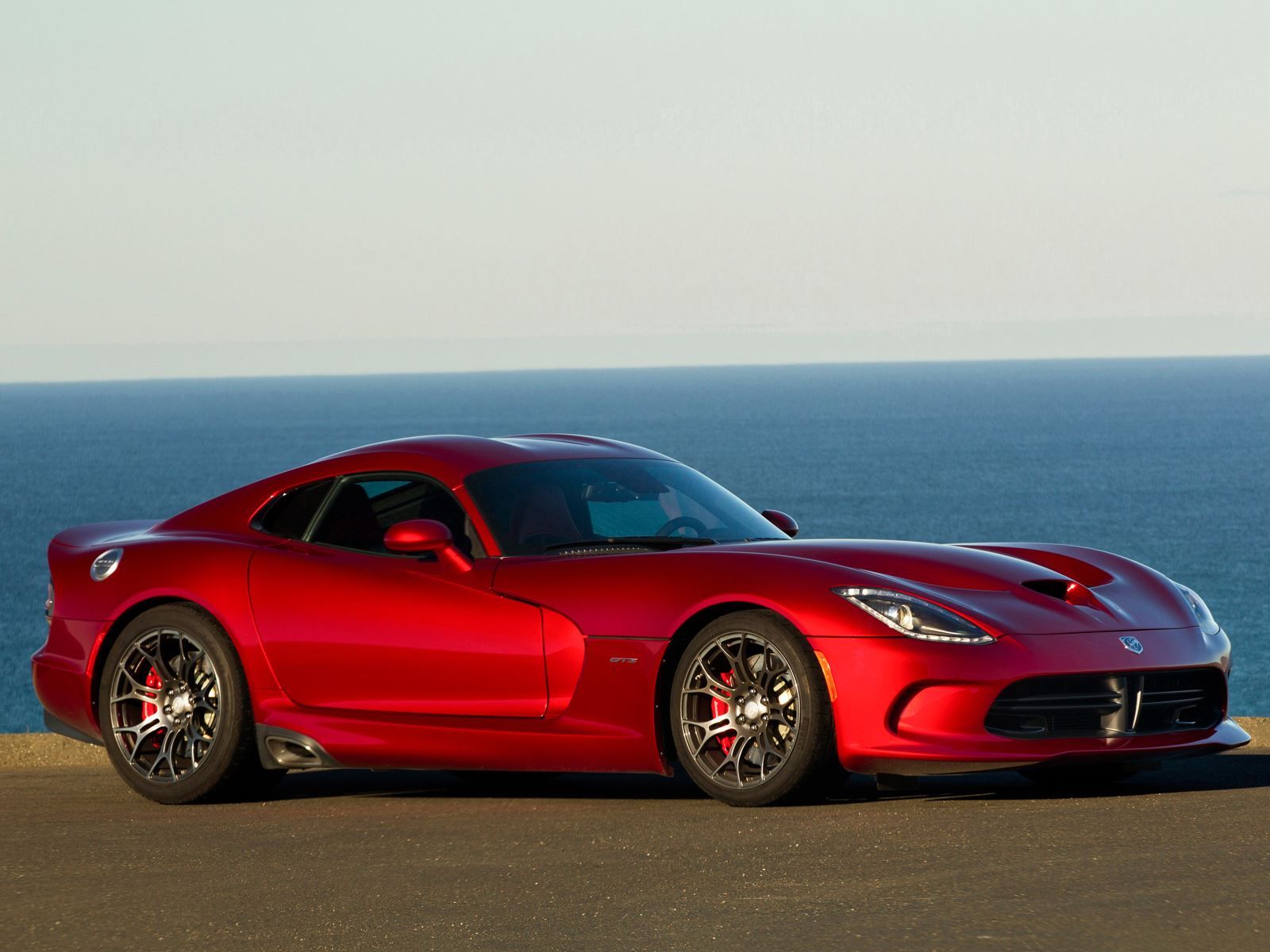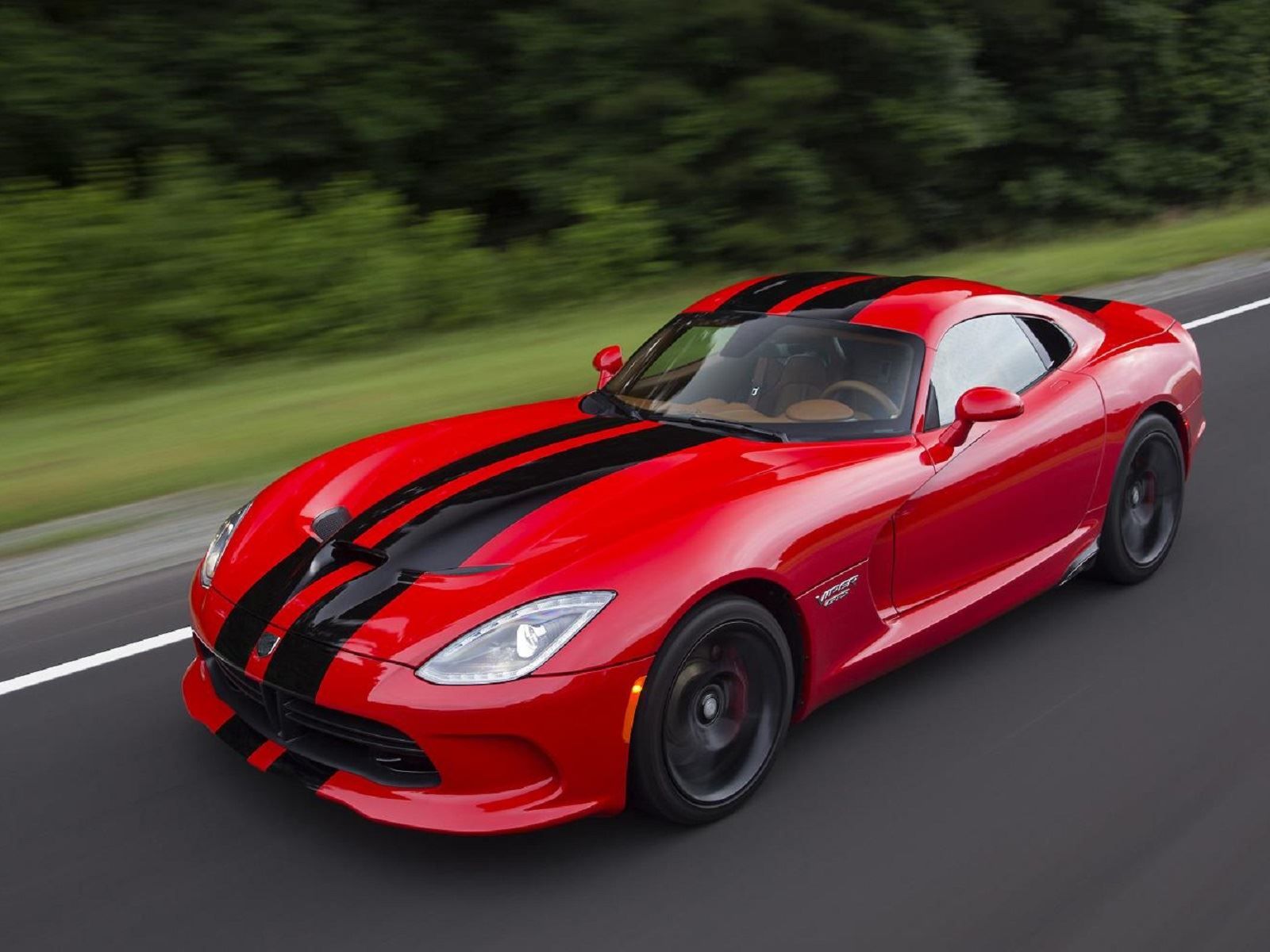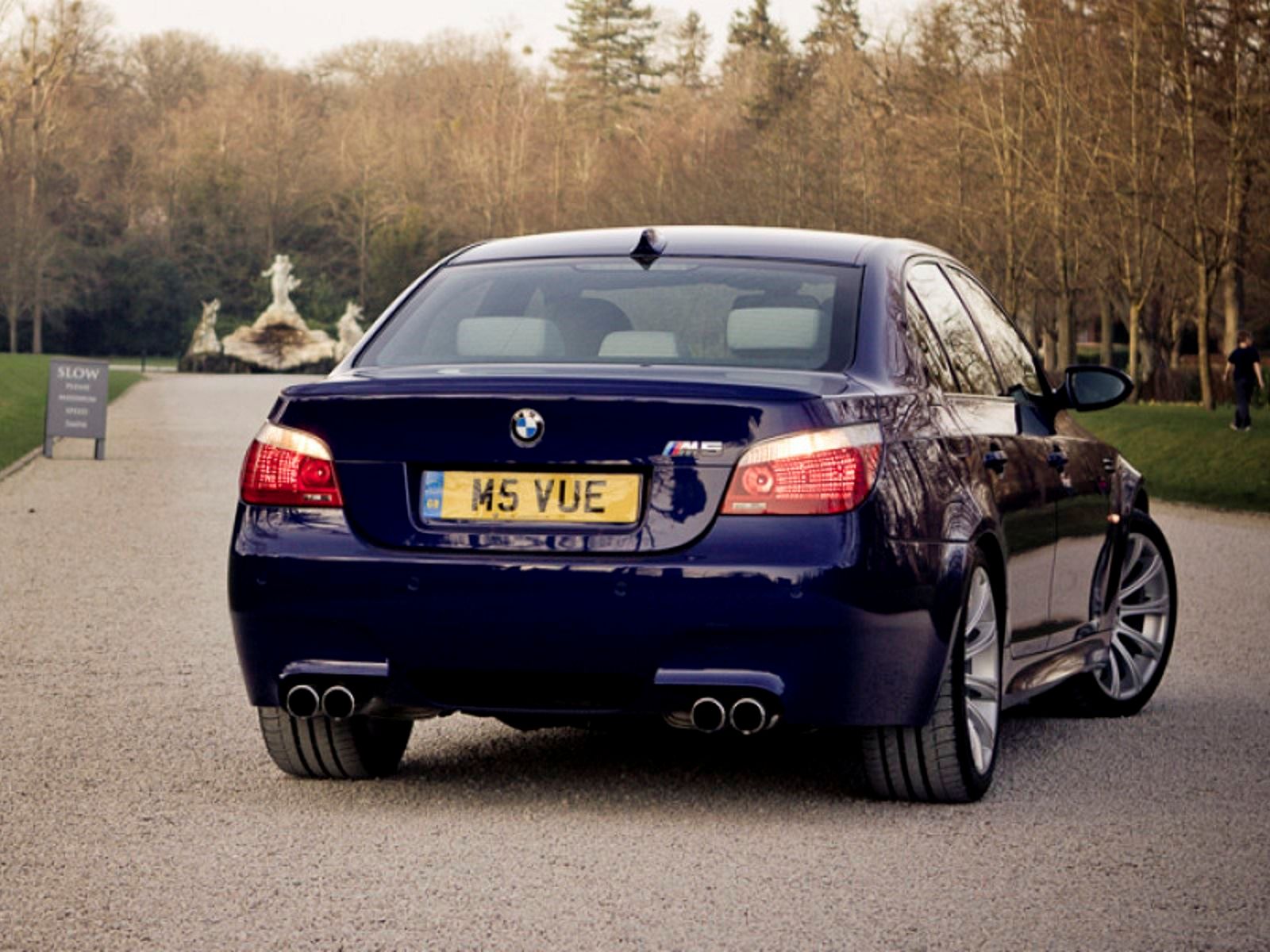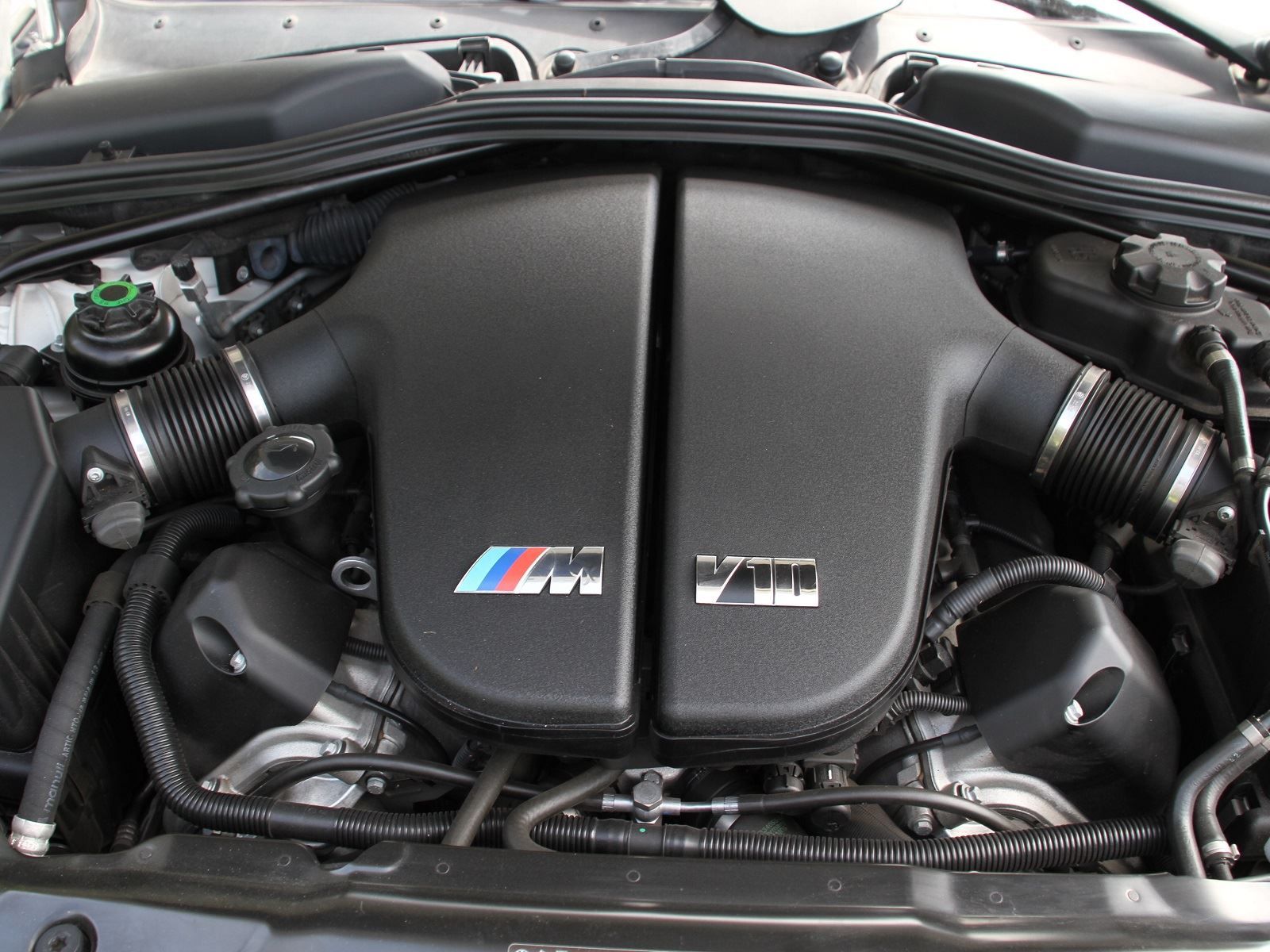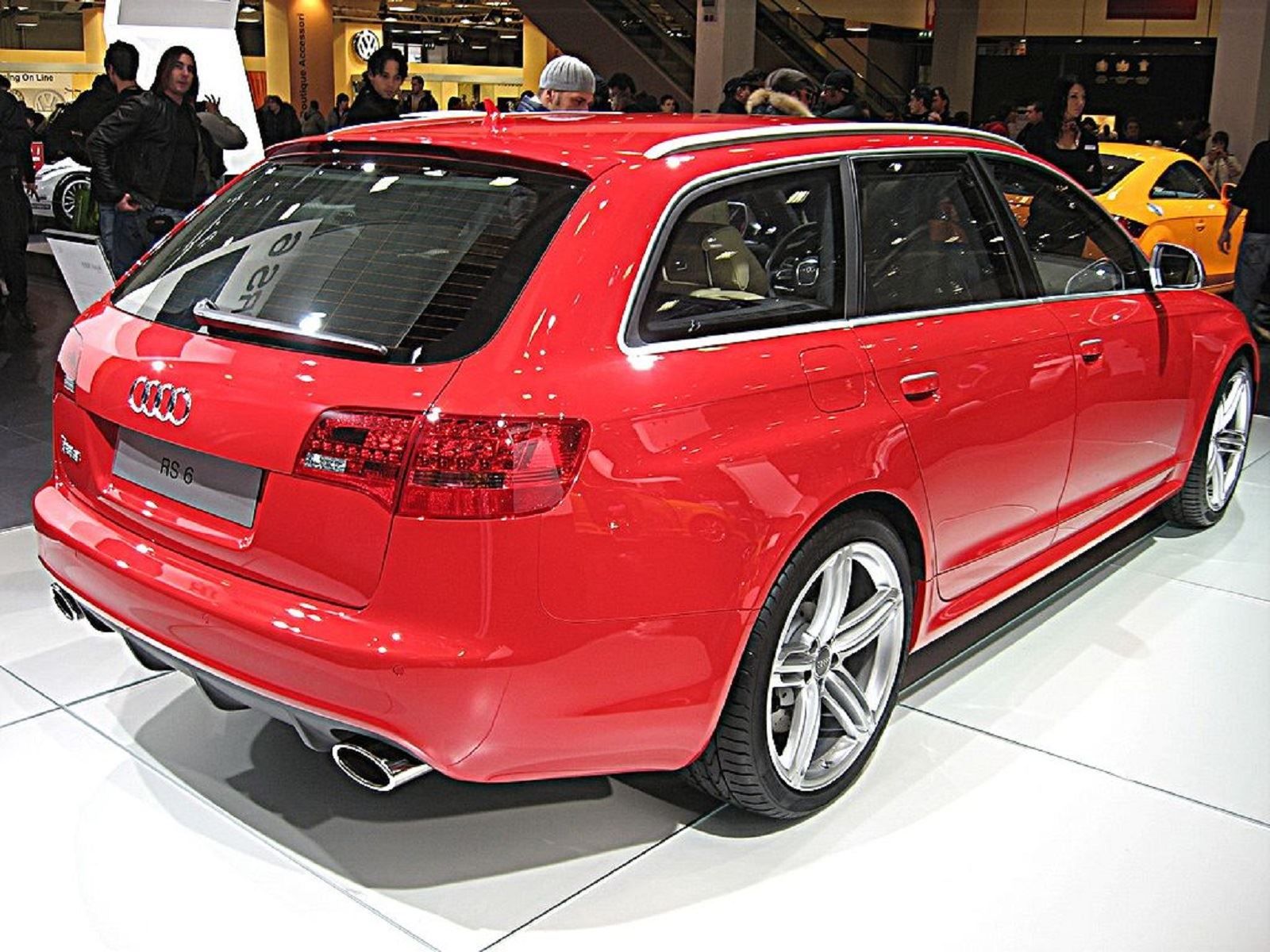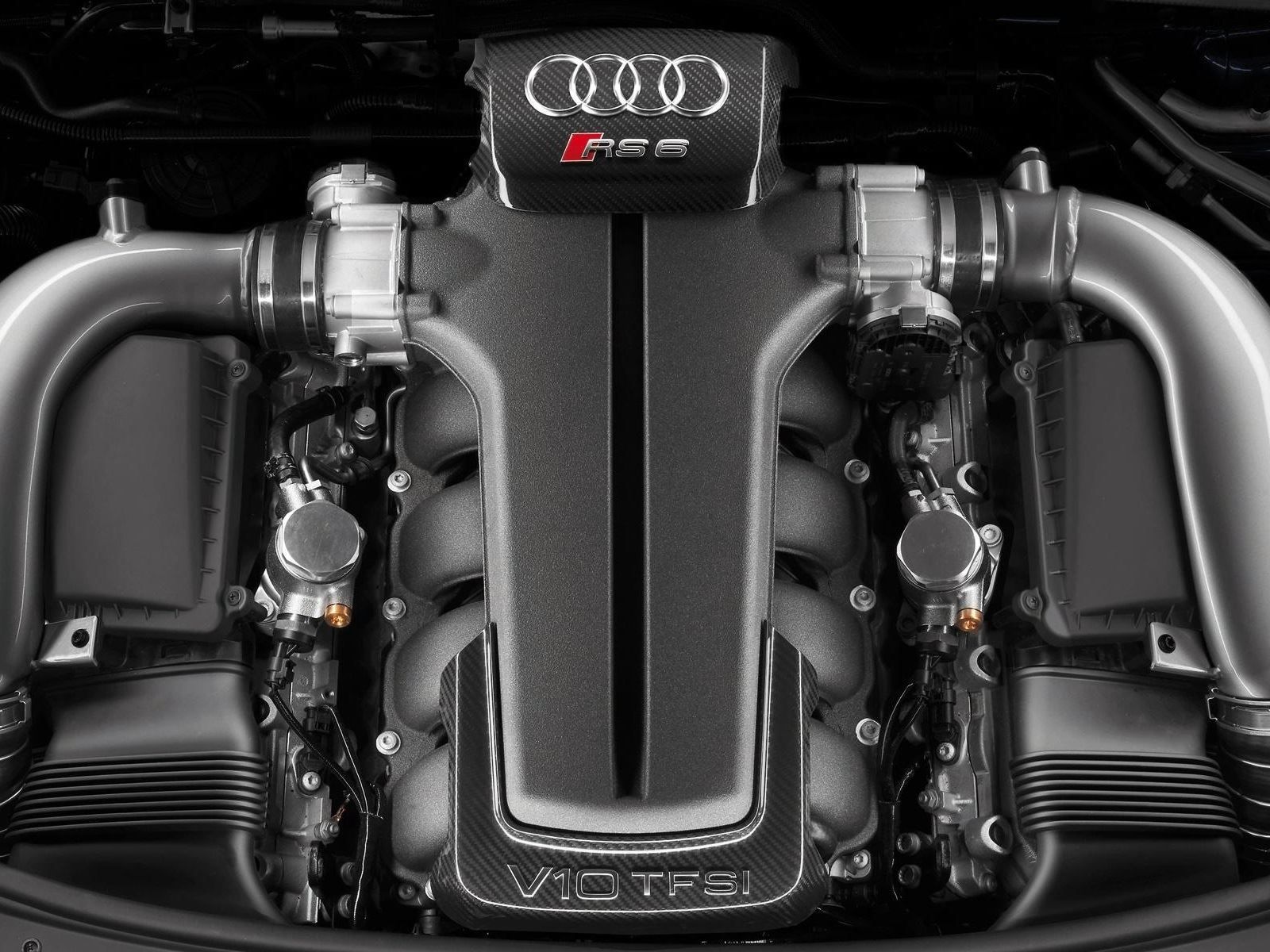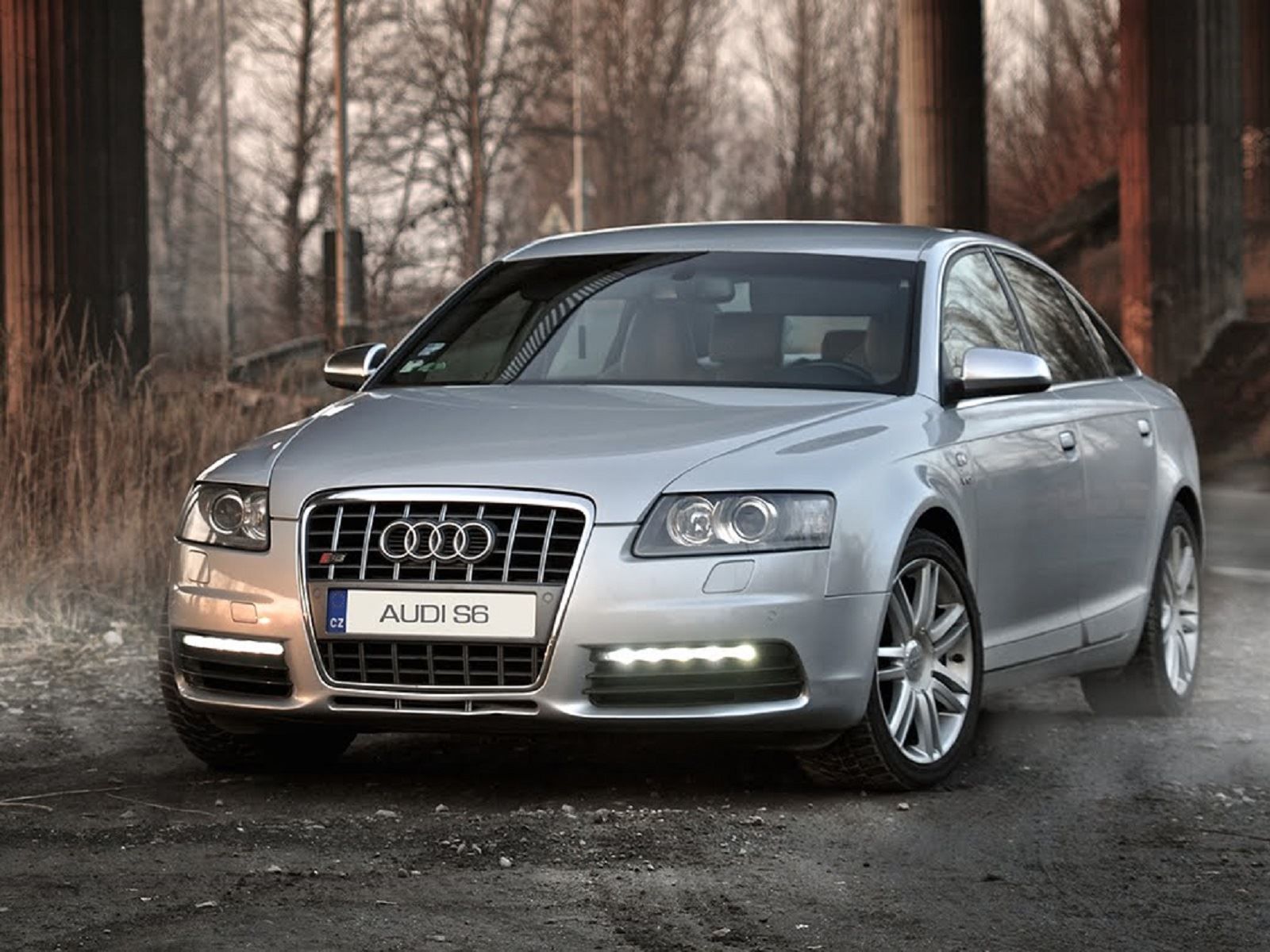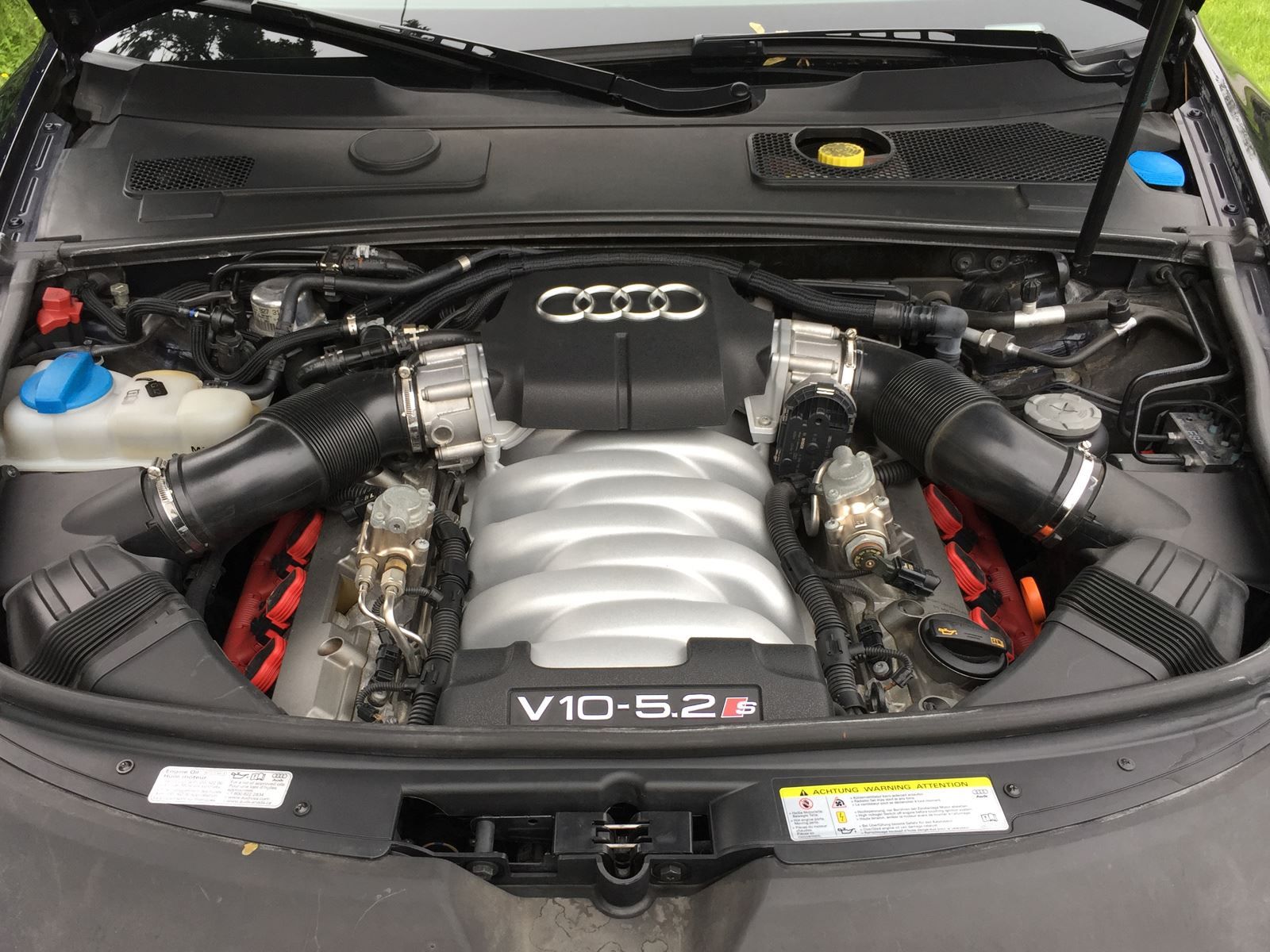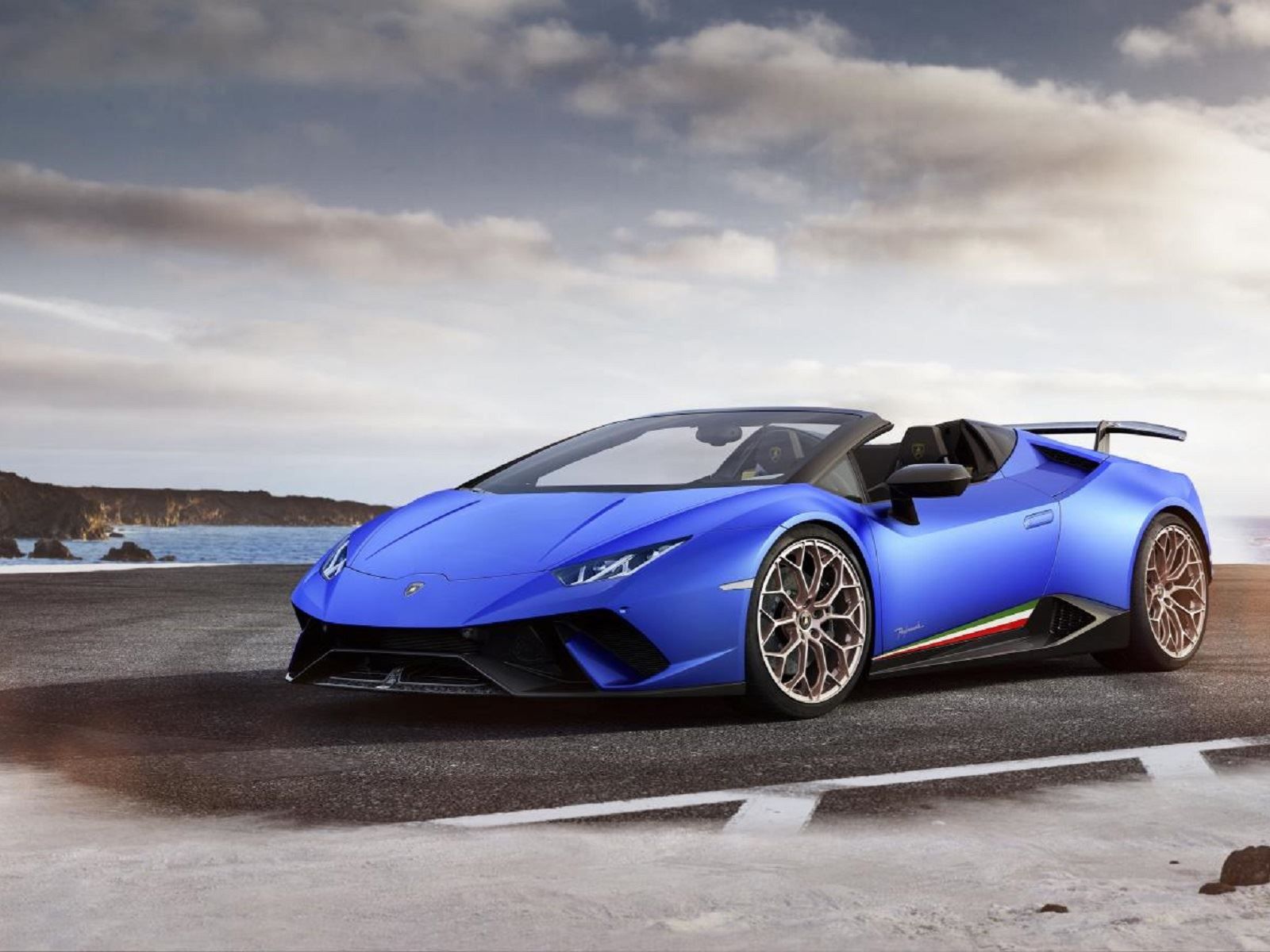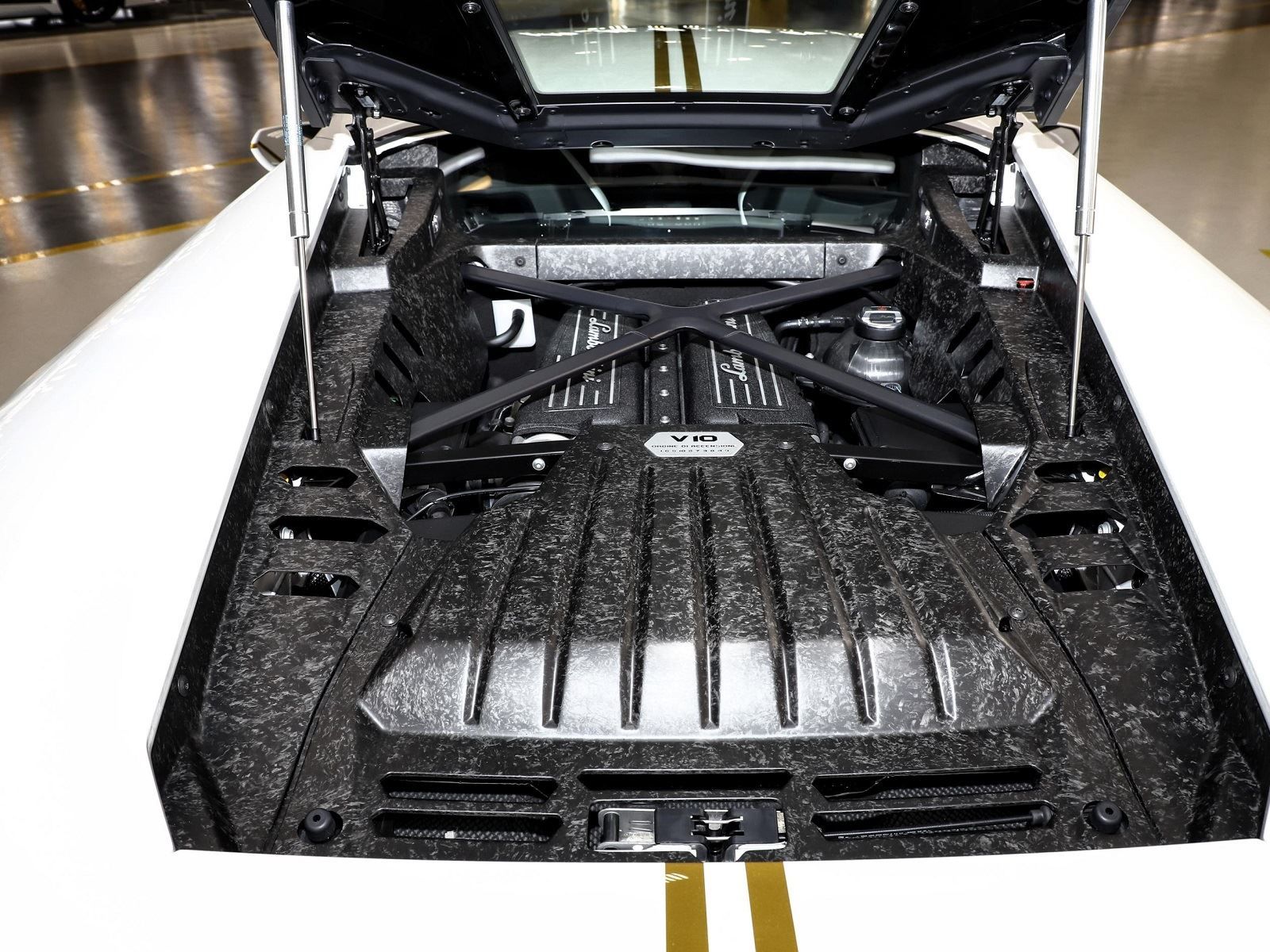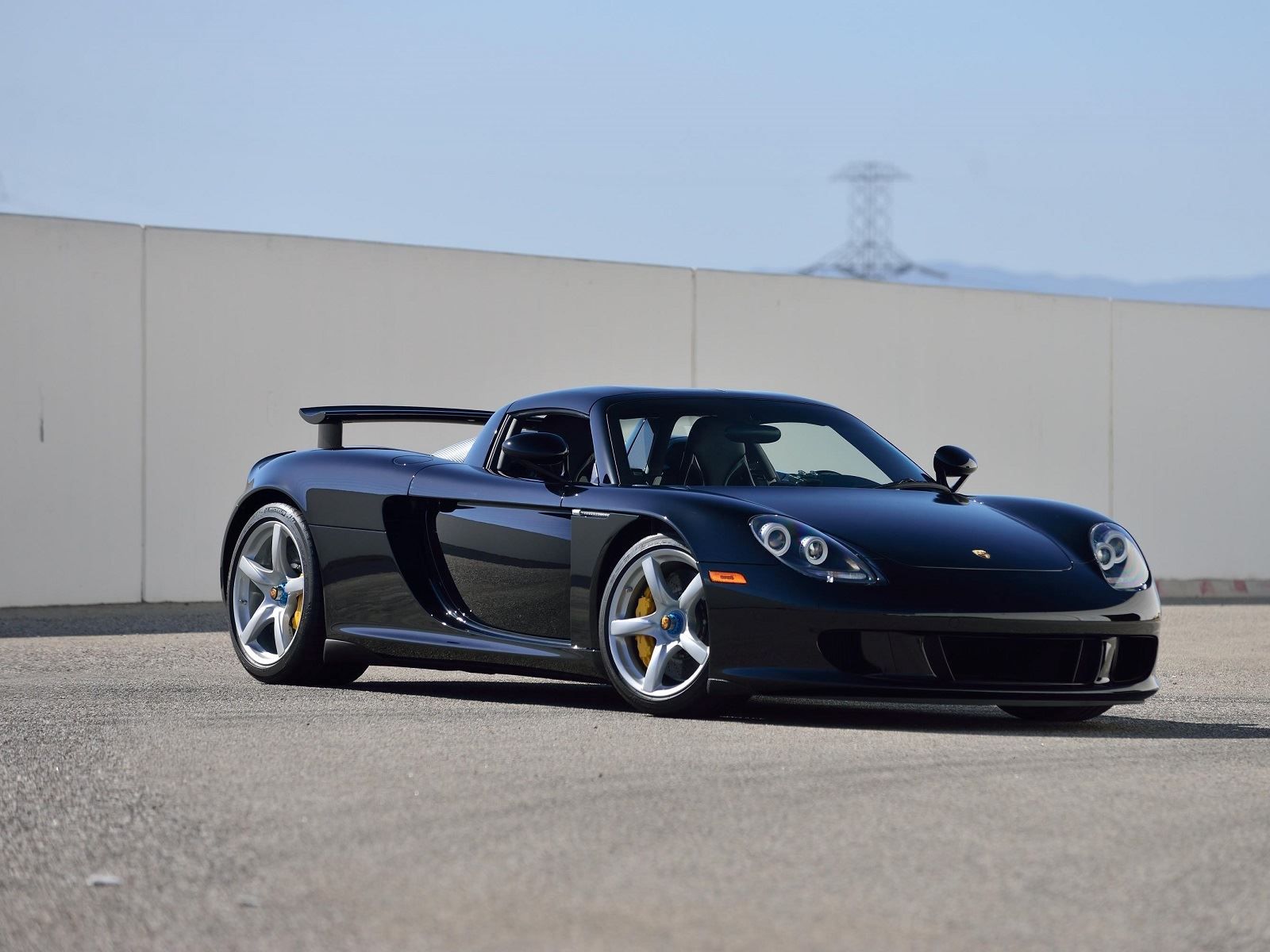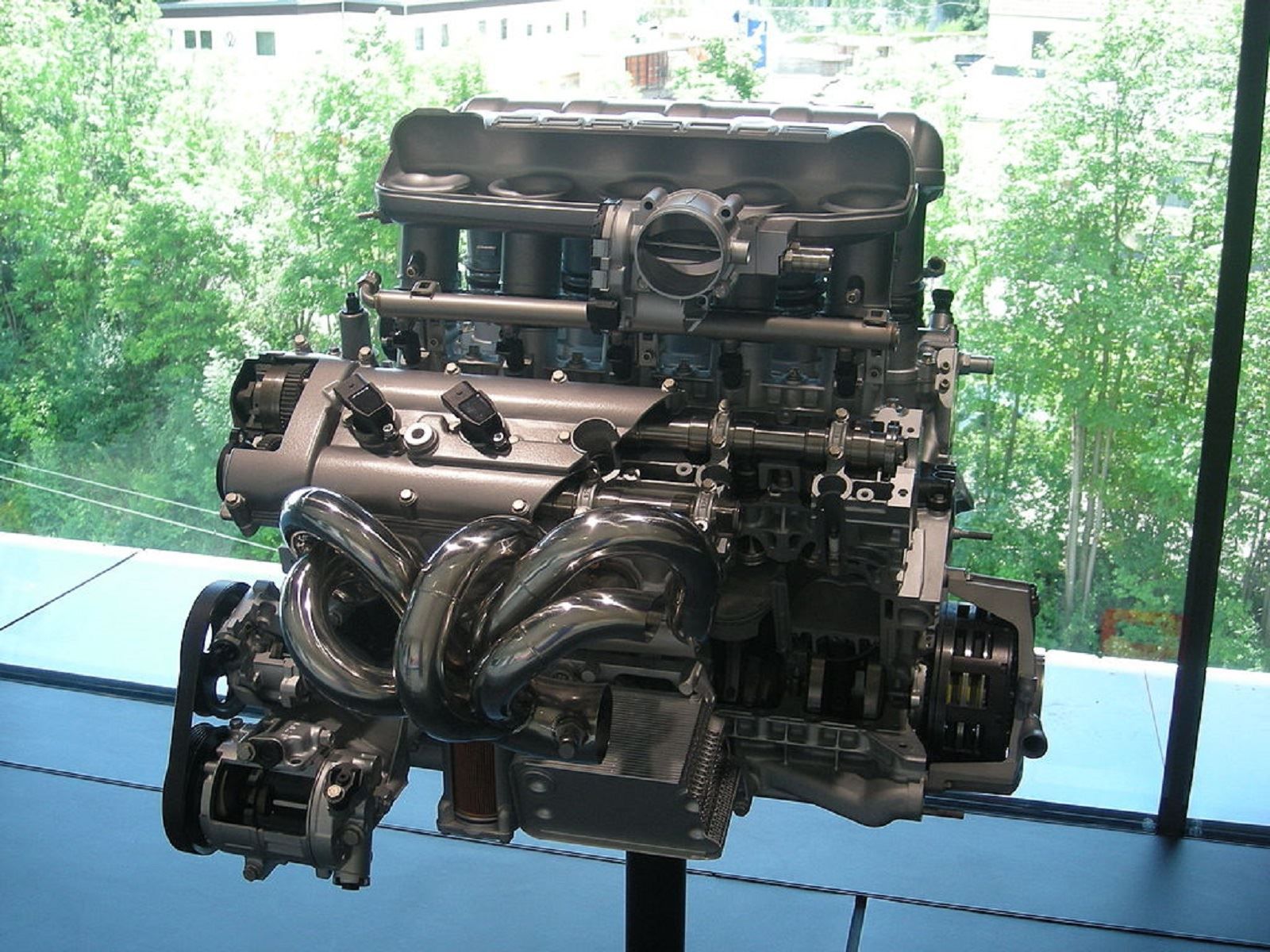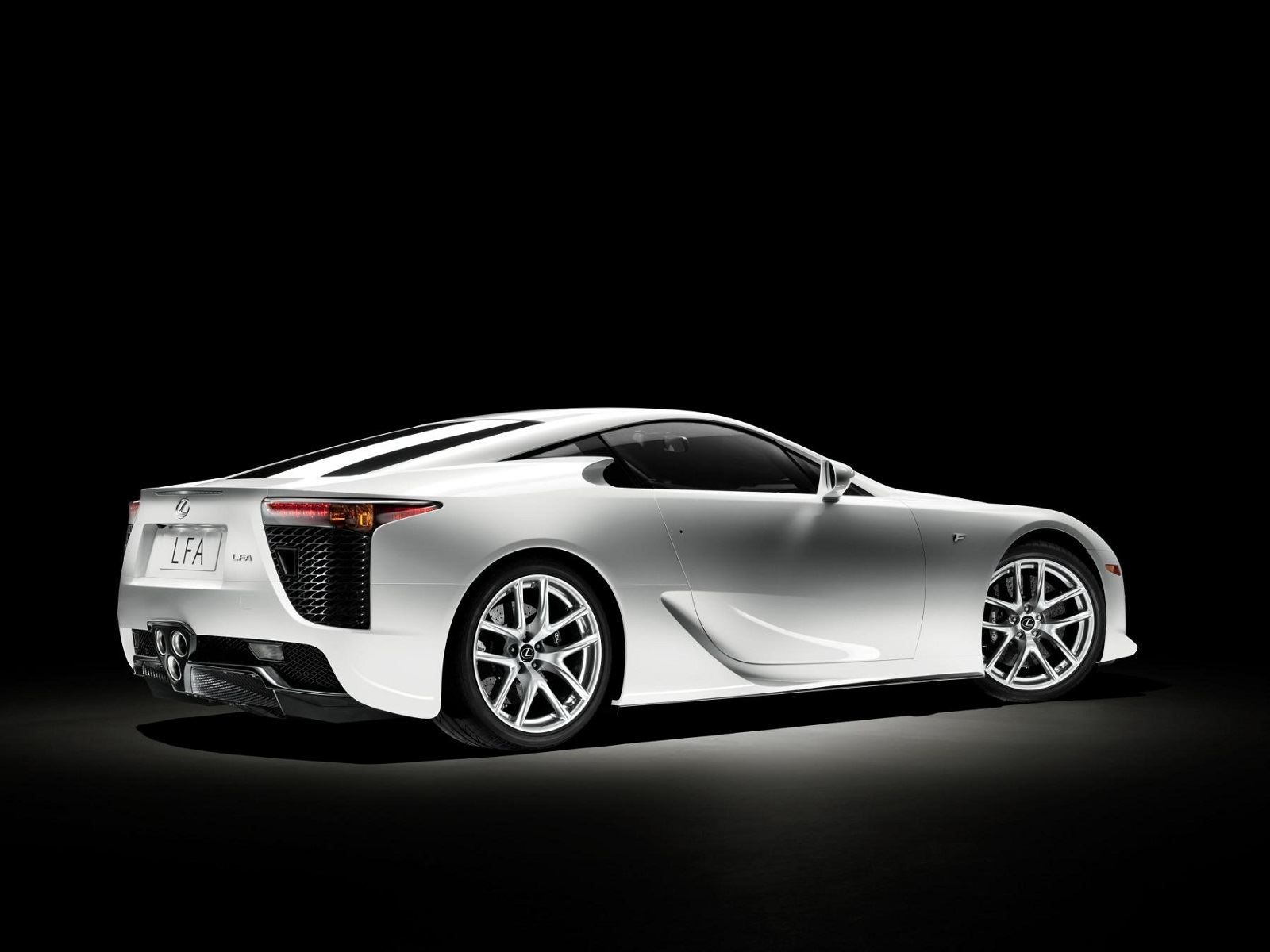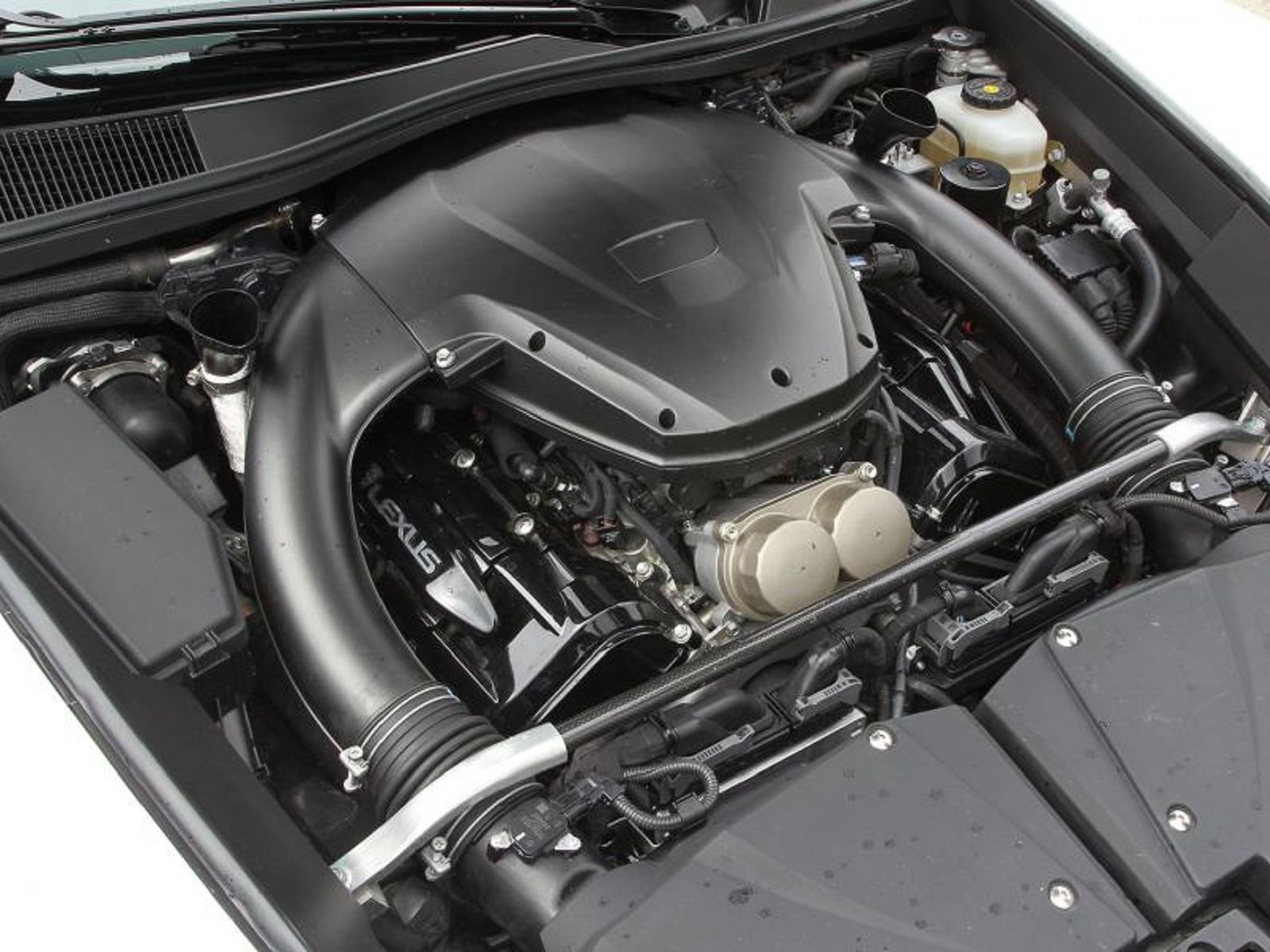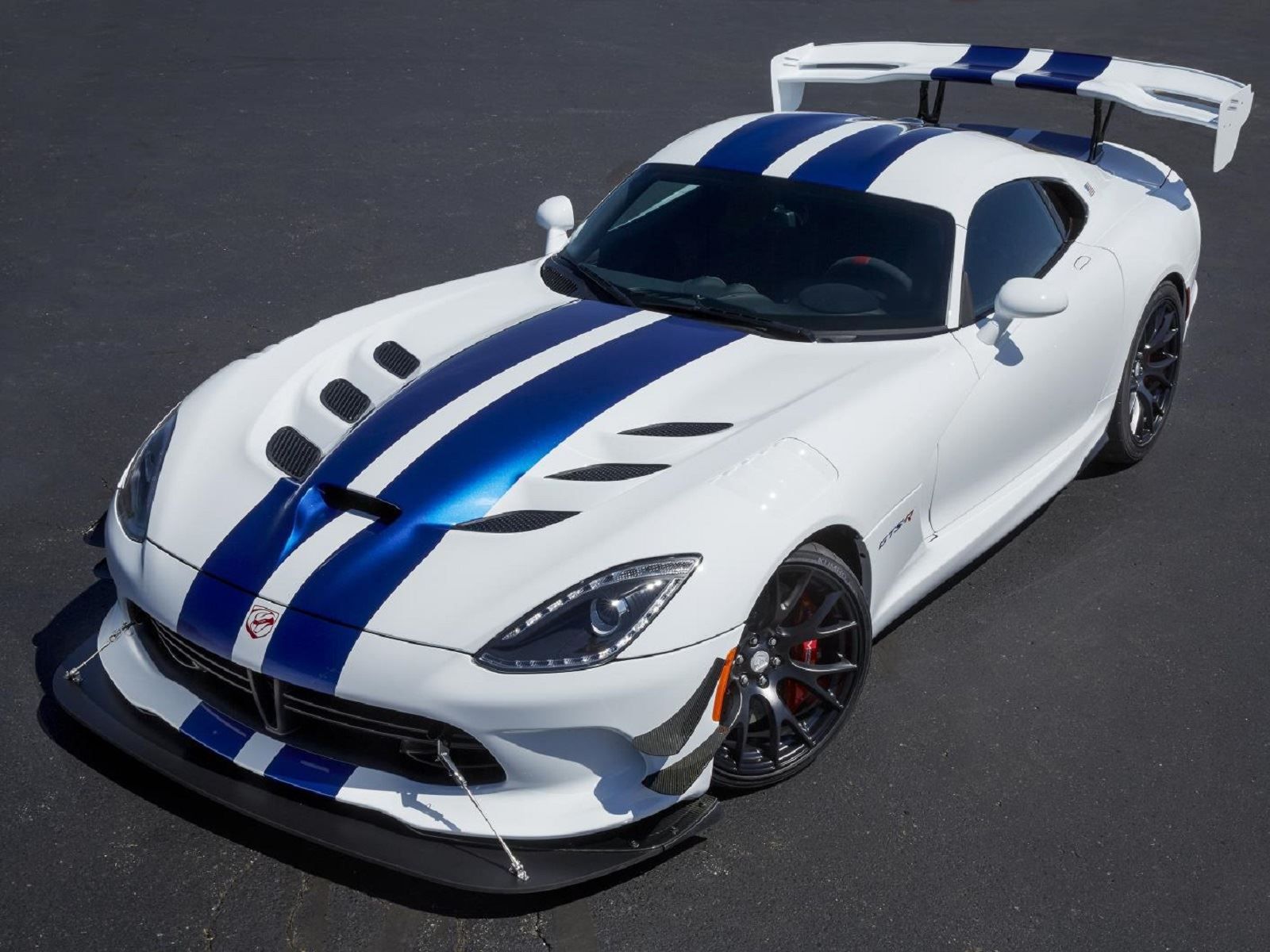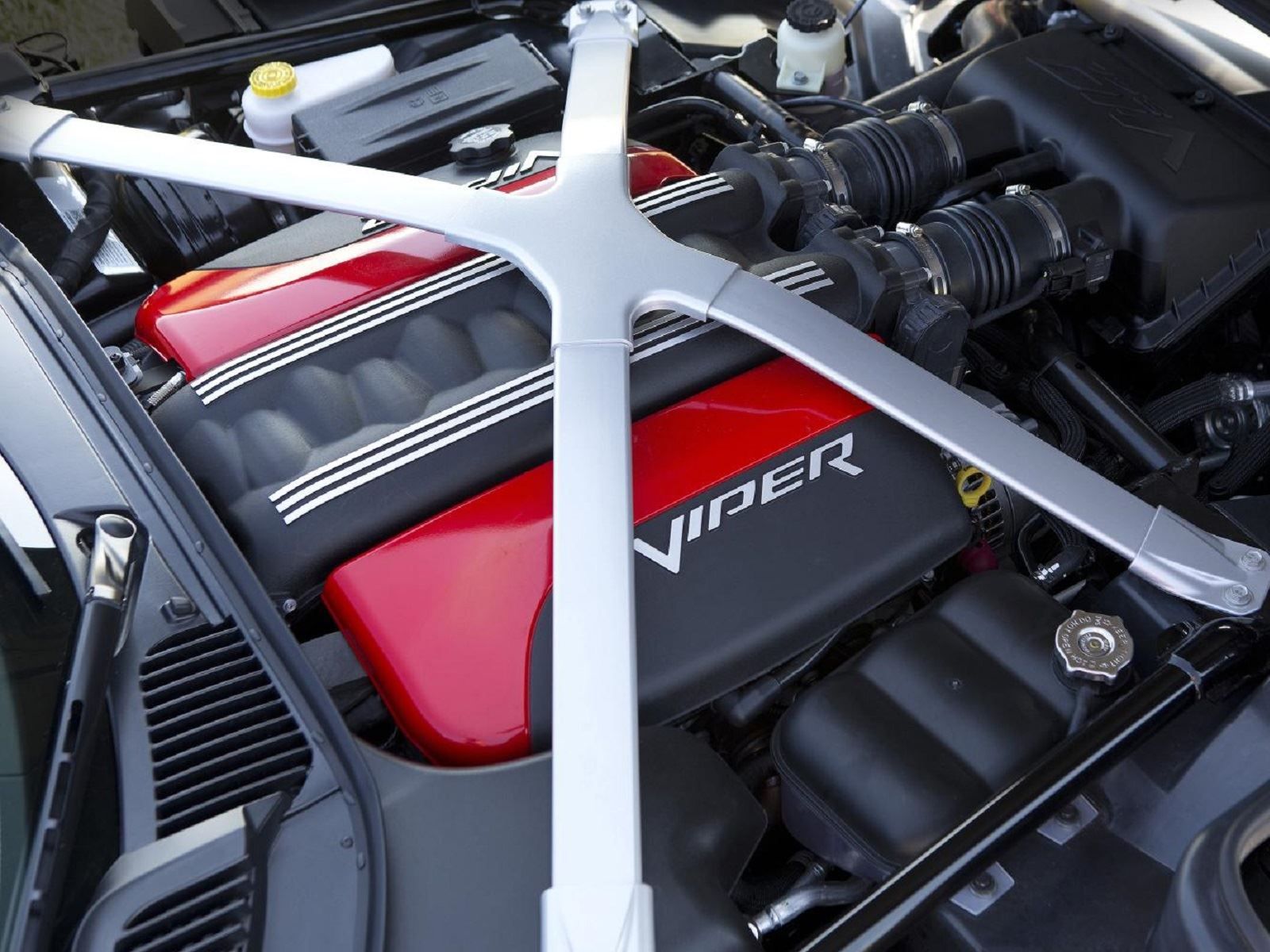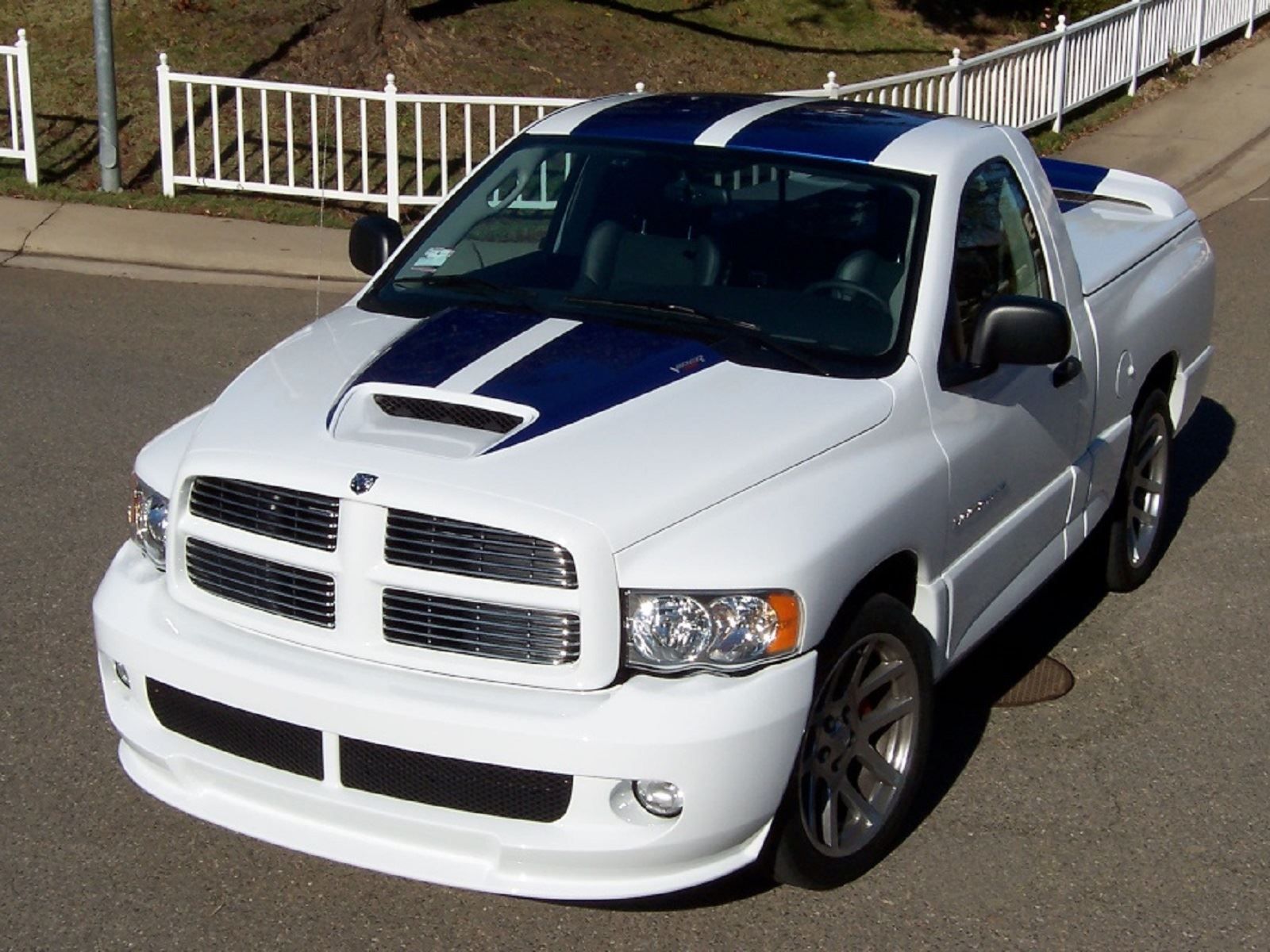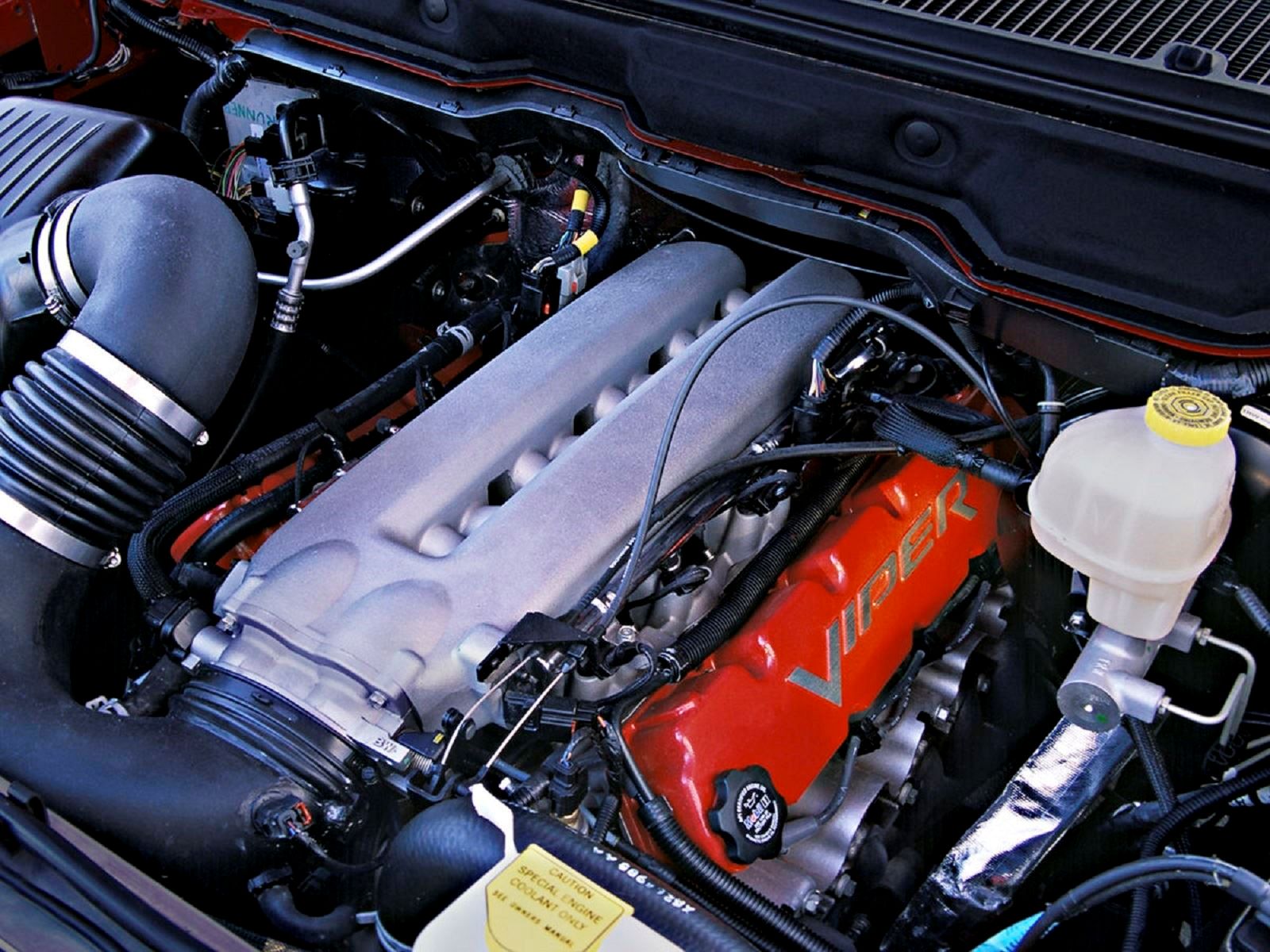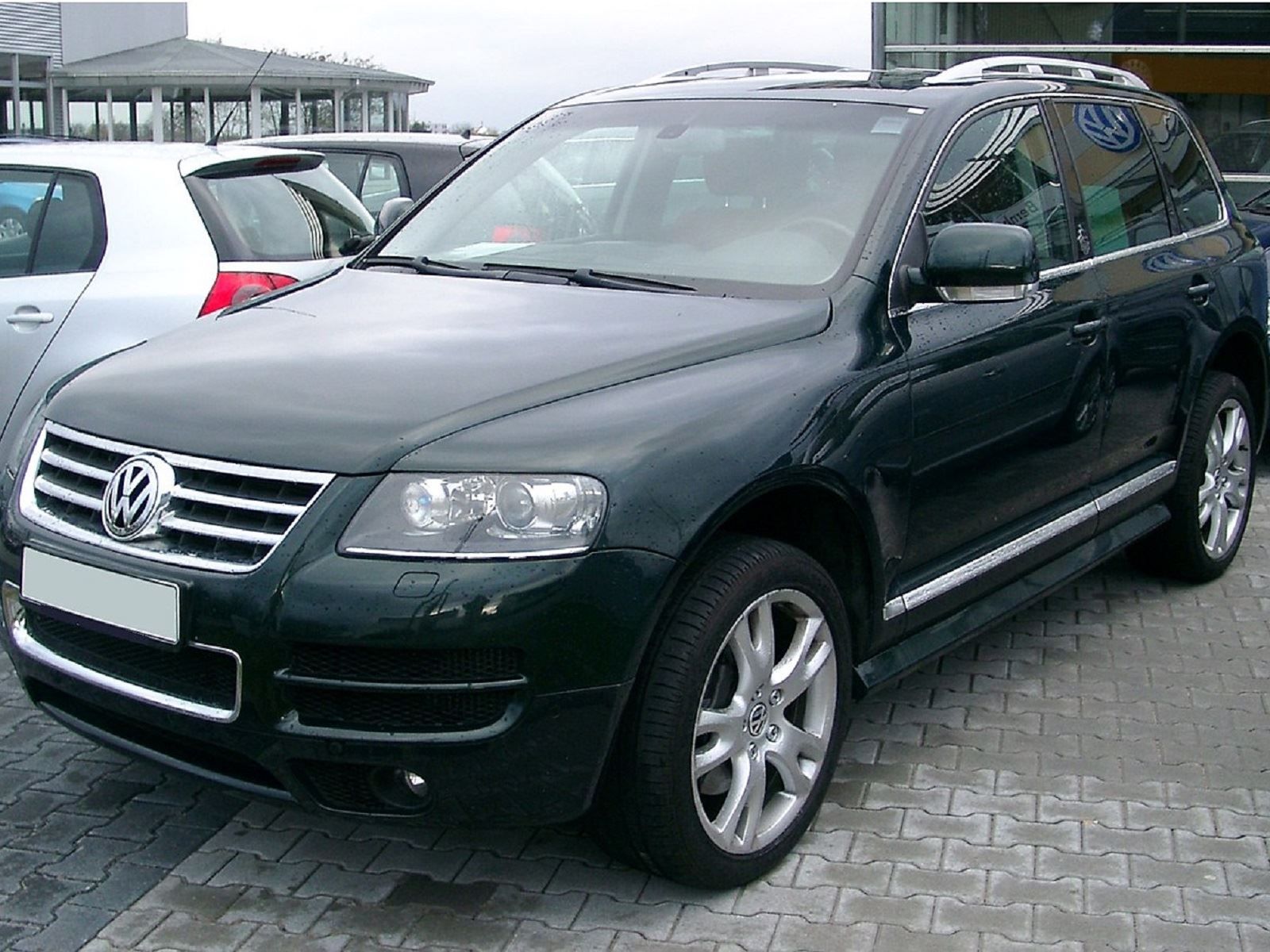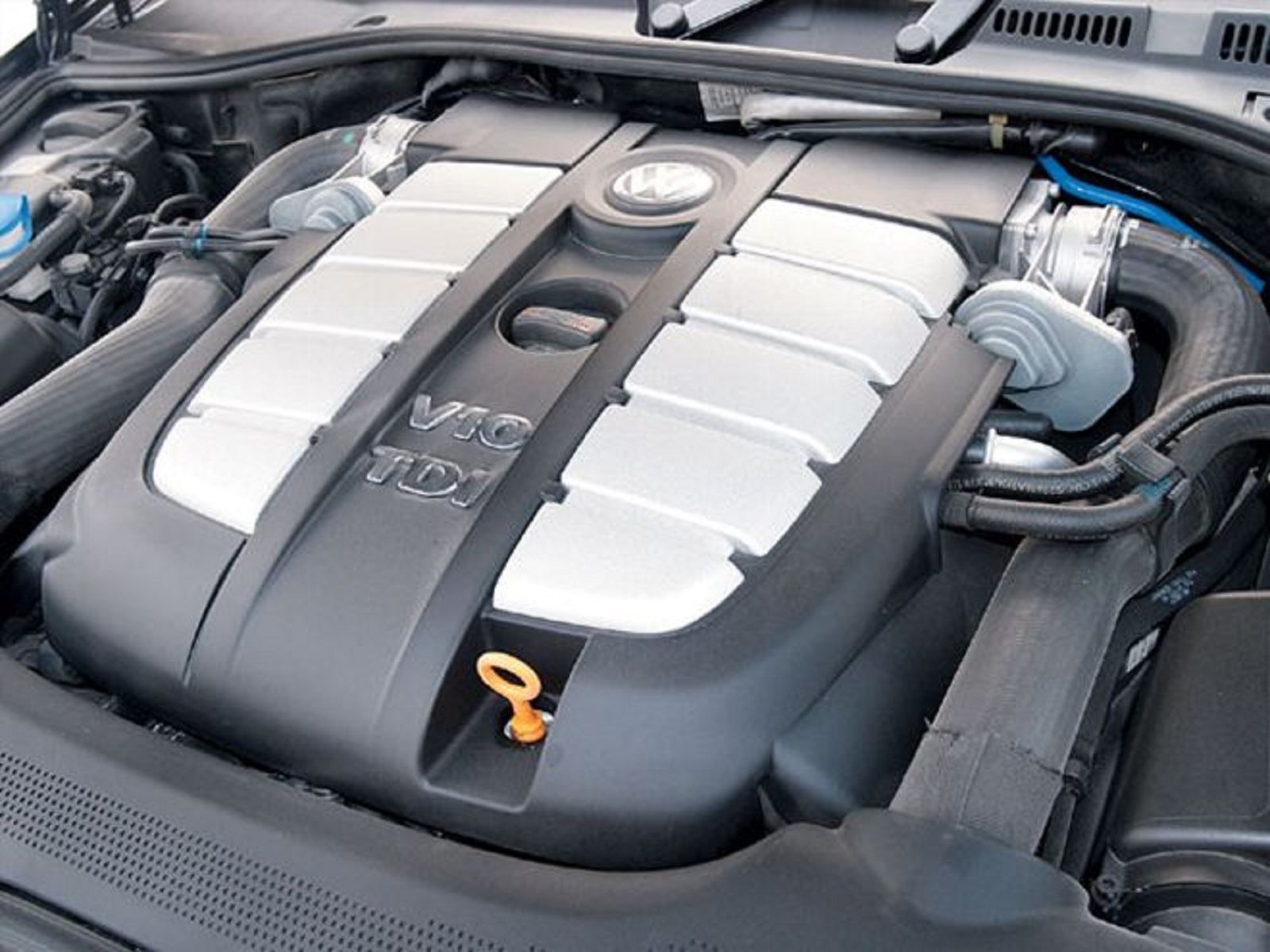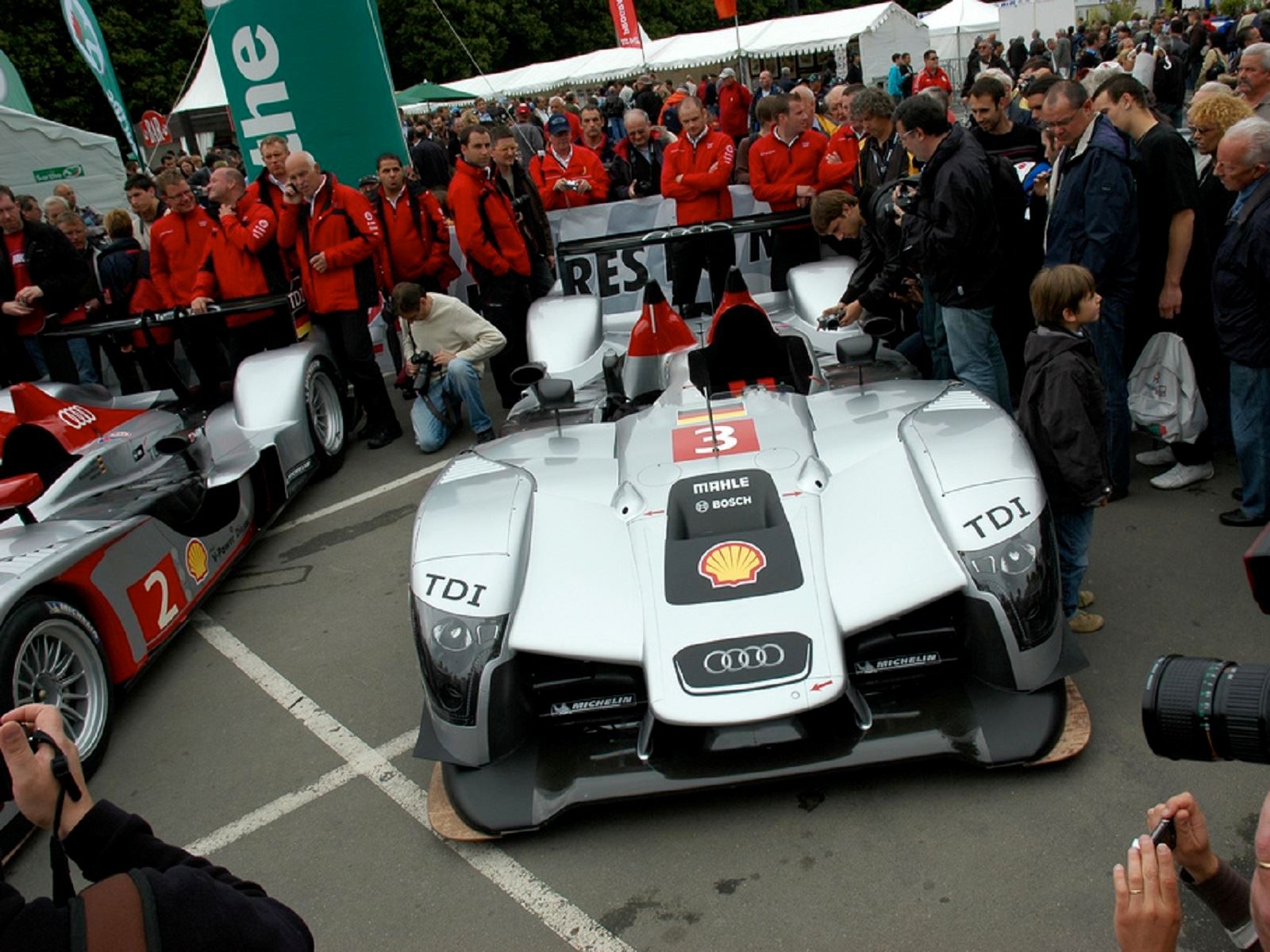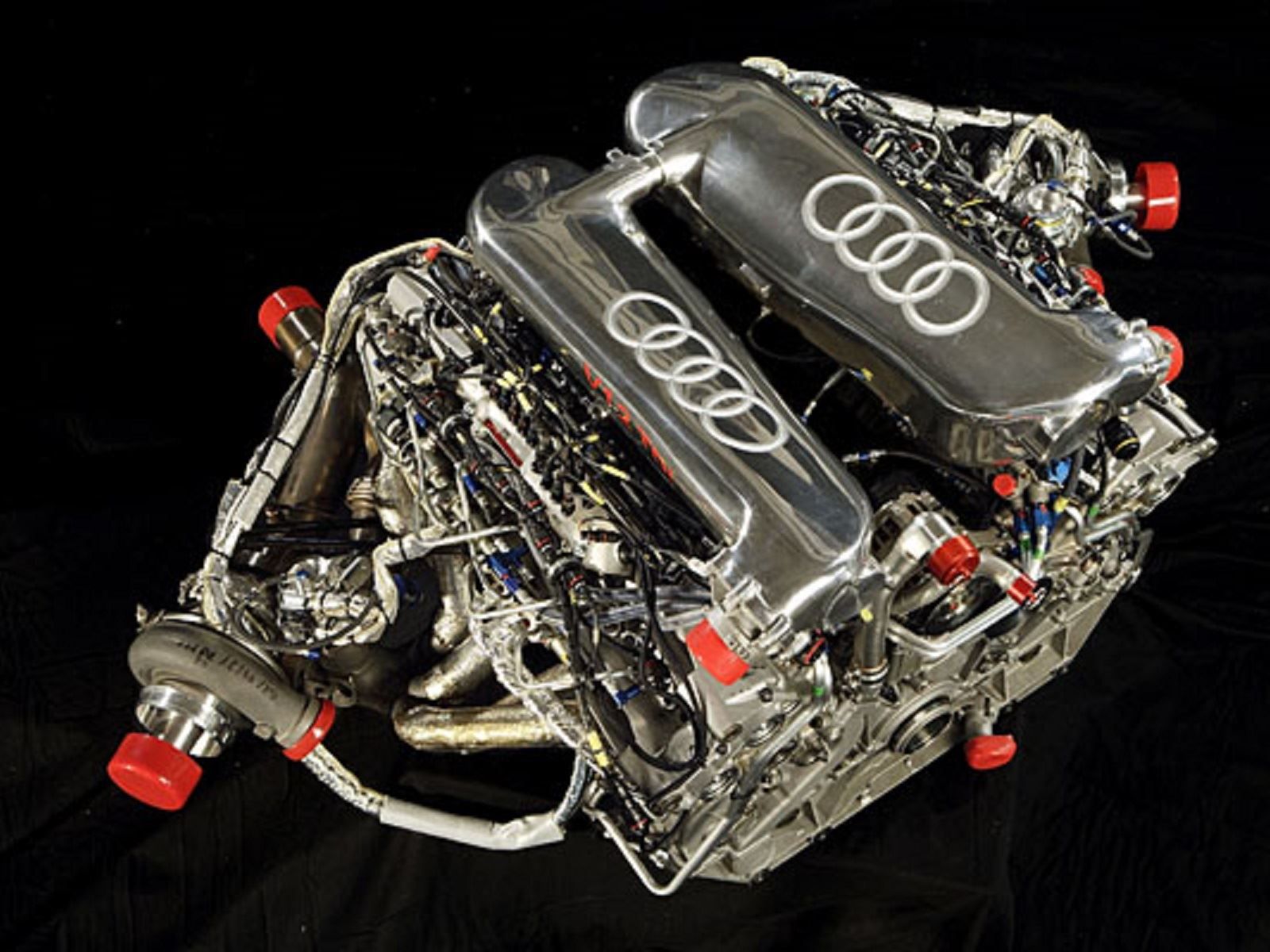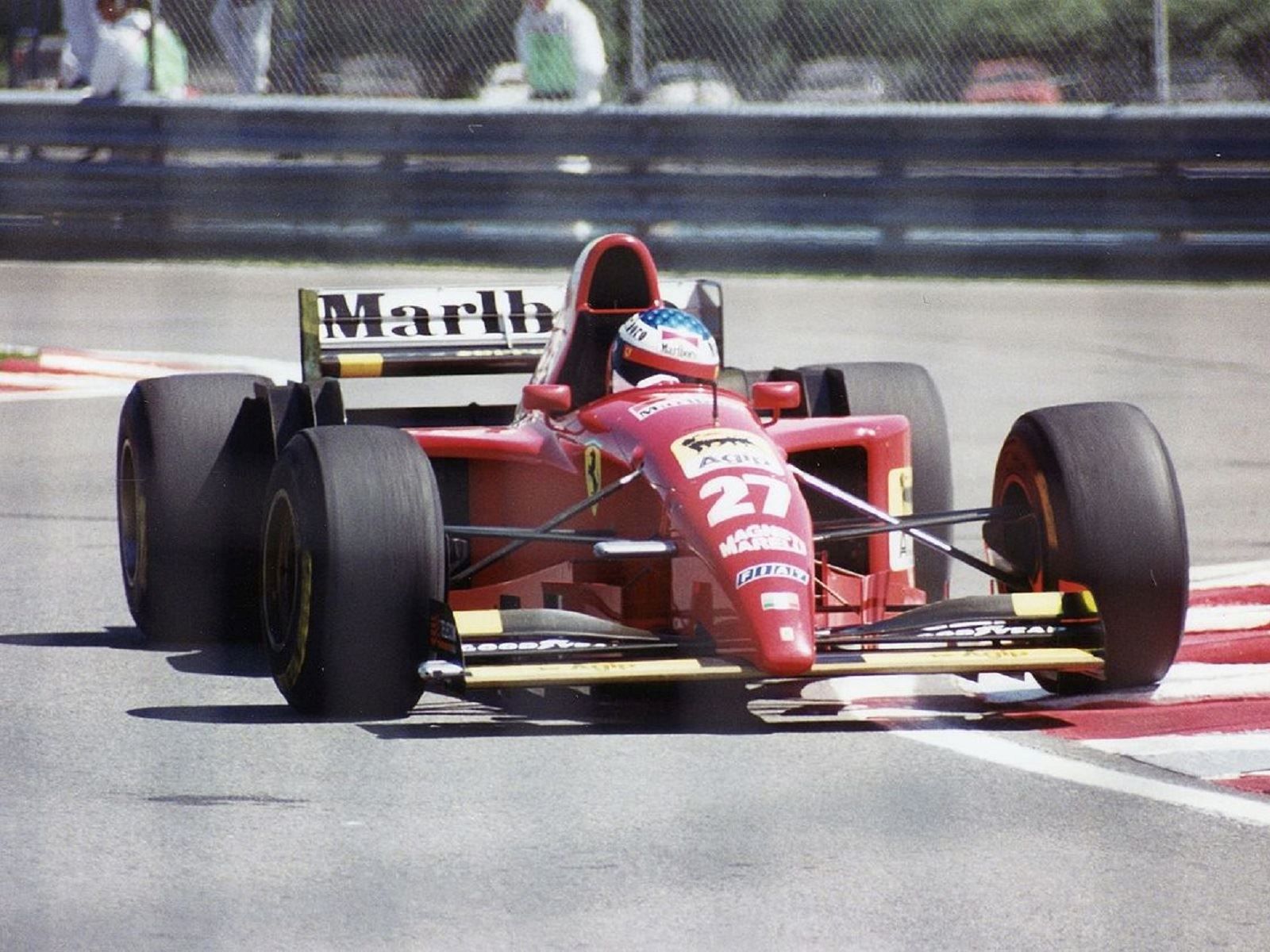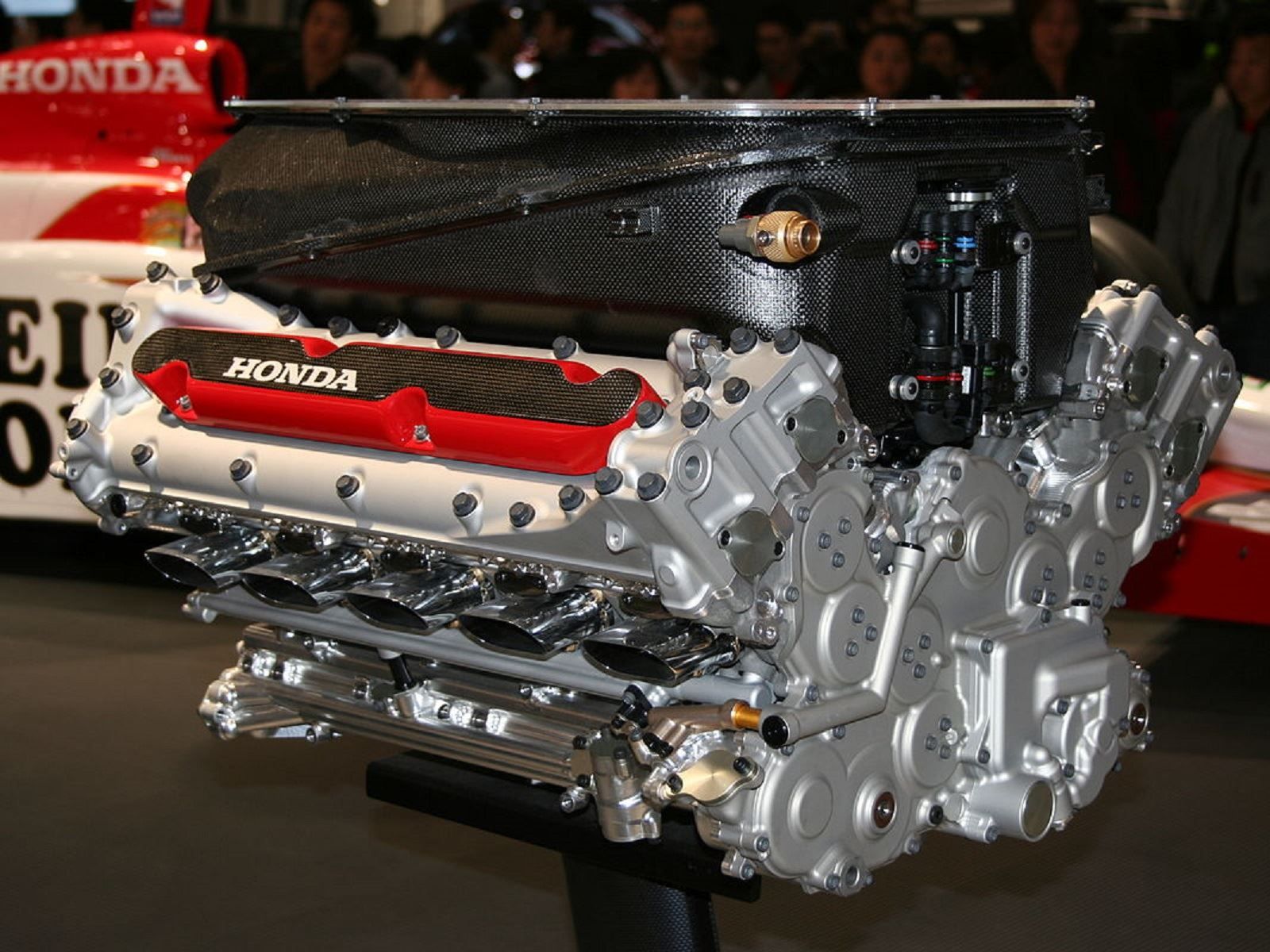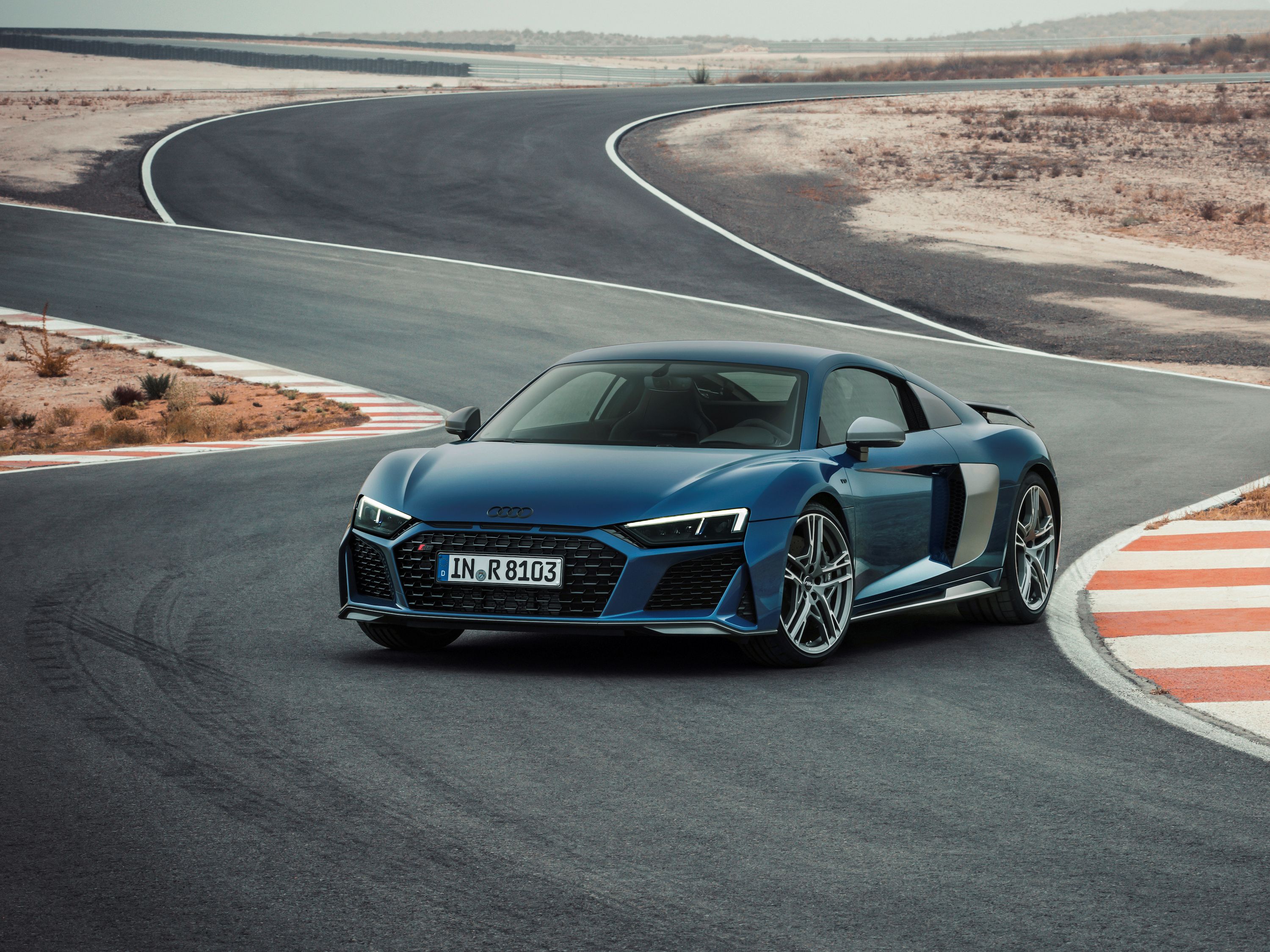
The V10 engine is a rare beast, the configuration more complex than a V8 and not as smooth as a V12, but it does have its benefits and has powered some truly iconic cars. Their relative compactness compared to inline six-cylinder and V12 engines is a plus point, and they can also rev higher than similar capacity engines with fewer cylinders, which makes them ideal for the tight confines of a mid-engined supercar where a V12 may be too tight a fit.
The unique nature of this layout also gives the V10 a sound unlike anything else on the road, a sound so distinctive that you can tell what it is from a mile away. The costs associated with developing and building a V10 powerplant may be slightly less than a V12, but it is still an expensive way to go about things. This means that you won't be finding any in budget sedans or hatchbacks. Not to worry though, aside from our selection of awesome supercars we do have one alternative that may just be within reach, but you may still need to approach with caution.
BMW M5 (E60)
The BMW M5 introduced us to the concept of the super sedan in 1985 and it has ruled the segment ever since. Those early cars had a 252-hp 3.5-liter inline-six (European versions had an M-derived 286-hp unit) but the 2005 E60 M5 was arguably even more special. The Motorsport division designed a bespoke 500-hp 5.0-liter V10 that could rev to 8,250 rpm and behaved more like a racing engine than one intended for a family sedan. This time around U.S. customers got a better deal than the Europeans, because a limited number of manual transmission models were made just for us.
Audi RS6
Perhaps somewhat surprisingly, the VW Group have been responsible for more V10-powered road cars than any other company. The second-generation Audi RS6 had a 5.0-liter V10, and with the aid of two turbos pumped out a properly mental 579 hp and 479 lb-ft of torque. This made it more powerful than most supercars, let alone the naturally aspirated BMW M5 contemporary. It was never officially offered here but we did get access to a lot of other desirable V10 Audis.
Audi S6
The 444-hp 5.2-liter S6 was one of them. Despite rumors that the engine was out of the Gallardo, there were only superficial similarities between the two engines. Nevertheless, this third-generation S6 was a rapid machine and its demure exterior styling made it the ideal super sleeper sedan. The V10 was eventually dropped in favor of a more efficient and more powerful 4.0-liter twin-turbo V8, losing some of that exotic character in the process.
Audi R8/Huracan/Gallardo
Now an Audi that has shared its engine with a Lamborghini is the R8 V10. First generation versions used a 5.2-liter FSI unit that was based on the Gallardo LP560-4, although in this application it made 525 hp instead of 552. This trend carried over to the latest versions where the 602-hp V10 Plus R8 trails the latest Lamborghini Huracan LP640-4 Performante by 38 hp. Now, don't for a moment think that this makes any V10 R8 a slow poke, though, as even the base 540-hp model is a ballistic sports car.
Porsche Carrera GT
Arguably the most desirable and certainly one of the best-sounding V10 supercars ever made must be the Porsche Carrera GT. It earned a reputation for slightly tricky handling; few readers here will forget the sad fate of Paul Walker. But, equipped with modern tires it is far more biddable than it used to be and that amazing 603-hp 5.7-liter V10 and birchwood covered manual shifter can no doubt keep you entertained for hours. A mere 1,270 were built and prices are now heading to ludicrous levels.
Lexus LFA
The LFA is one of the very few Japanese supercars out there, and it took over a decade of development to get it right, including a full redesign before it eventually saw light of day in late 2010. The end result was worth the wait, though. Aside from the advanced carbon-fiber reinforced polymer body and superb chassis, the 552-hp 4.8-liter V10 gave it a unique character. From a distance it sounded like a '90s F1 car, high-pitched and guttural. The very limited production run of 500 ended in 2012 with no immediate plans to build a replacement.
Dodge Viper
Americans take a slightly different approach to the whole V10 thing, and the Dodge Viper waded into the supercar segment in 1991 with a massive low-revving 8.0-liter V10. It may have offered only 400 hp but that large capacity meant that unlike most of the highly strung exotics around at the time, its huge 465 lb-ft of torque was always on call. It proved to be a monstrous straight-line car and subsequent generations have become formidable track weapons too. The ACR (American Club Racer) spec added even more handling ability and the latest versions have even larger 8.4-liter motors producing over 650 hp.
Dodge RAM SRT-10
The Dodge RAM SRT-10 was as American as, well, a Dodge RAM SRT-10. It combined a 500-hp 8.3-liter Viper V10 engine in a Ram pickup truck, creating the most ridiculous and desirable performance truck around. Its acceleration capabilities were up there with contemporary performance cars and with less than 10,000 produced over two years, they are rather rare too. With a top speed of 154 mph and a 0-60 time of just 4.9 seconds it was the fastest truck you could buy.
VW Phaeton and Touareg V10 TDI
Now we come to the part where we tell you about the 'affordable' V10s you can buy today. The first is the VW Phaeton. It was an attempt by Volkswagen to take on the Mercedes-Benz S-Class and Lexus LS at its own game but things didn't quite turn out so well. Sales were slow and while we didn't get the 309-hp V10 turbodiesel, the gas-powered models we did get can now be picked up for peanuts. The Touareg however, which had the same V10 diesel engine was sold in the U.S. for a limited time. It was astonishingly quick and seriously unreliable, so buy a used one at your peril.
V10s in Motorsport
Let's end on a happier note for the rare but desirable V10. It may have been a temperamental and scarily expensive solution in certain road cars but in the realm of top-tier motor racing the focus is on ultimate performance and unlimited budgets, an area where V10s thrive. The Audi R10 TDI was the first ever diesel-powered race car to win Le Mans back in 2006 and then carried on winning for four more years. Although the R10 was a V12, the R15 that followed it had a mid-mounted turbodiesel V10 that produced up to 590 hp. While not quite as dominant as its predecessor, it still amassed a series of impressive results.
Formula 1
Some of the fiercest and most competitive racing in Formula 1 history took place during the '80s and '90s. The 3.5-liter V10 engine was the configuration most teams changed to once the crazy turbo era had come to an end in 1988, but the speeds only got quicker. The best engines could produce over 800 hp, rev to almost 16,000 rpm, and sounded absolutely mental too. V10s were once again in vogue between 2000 and 2005 and even with a reduced 3.0-liter capacity made over 900 hp. Today's 1.6-liter turbocharged V6s may make similar power but they sure have lost some of that V10 magic in the downsizing process.

